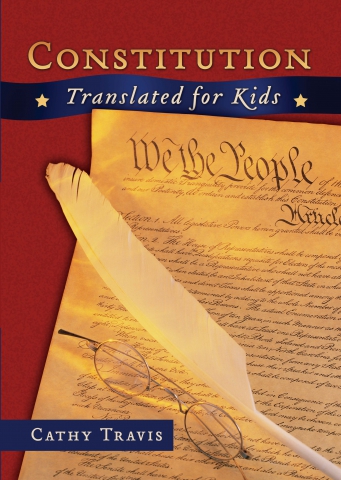
--
Repudiating President Donald Trump’s executive order on immigration, the U.S. 9th Circuit Court of Appeals has sent U.S. citizens searching for explanations of the central constitutional concept of “separation of powers.”
At issue in the decision by the 9th Circuit: “[T]he Government has taken the position that the President’s decisions about immigration policy, particularly when motivated by national security concerns, are unreviewable, even if those actions potentially contravene constitutional rights and protections. The Government indeed asserts that it violates separation of powers for the judiciary to entertain a constitutional challenge to executive actions such as this one.
There is no precedent to support this claimed unreviewability, which runs contrary to the fundamental structure of our constitutional democracy.”
“The high profile nature of this news has sent people running to the U.S. Constitution to understand the nature of the separation of powers,” said Cathy Travis, author of the award-winning book, Constitution Translated for Kids.
“The ‘separation of powers’ is not literally said like that in the language of the Constitution, it is the concept that each branch of government is equal to the other, which is laid out precisely in the language of the Constitution,” Travis said. “Congress writes the laws, and spends money – the president runs the executive agencies, and is Commander in Chief – and the courts decide the constitutionality of those laws and orders.”
“The men who wrote the constitution didn’t really trust any government, not the one they had just defeated (British) or the one they were creating,” Travis said. “They wanted to factor in the human failings of those who would be in the government.”
“Probably the smartest thing these guys did when writing the Constitution was to divide up the power of the federal government three ways, plus give the states a great deal of power,” Travis said. “They had to make all three federal branches equal, or it wouldn’t work.”
“The enduring nature of the Constitution – for 228 years so far – shows the brilliance of the fathers of the Constitution,” Travis said. “They weren’t just writing it for short term political gains for any of them, or any party. They were writing it to last for centuries, they hoped. They’d be amazed today that the country is still here.”
“By dividing the government into three separate parts (branches), the Constitution’s Framers made sure that the power of the United States government was never in the hands of just one person, or one group of people, in this unique power-sharing idea,” Travis says in the popular Constitution Translated for Kids. “This separation of powers is the foundation of the U.S. Constitution. Congress makes laws with the President, and an independent group of judges (the Supreme Court) is the final word on how the Constitution applies to questions of law.”
Release ID: 168980

